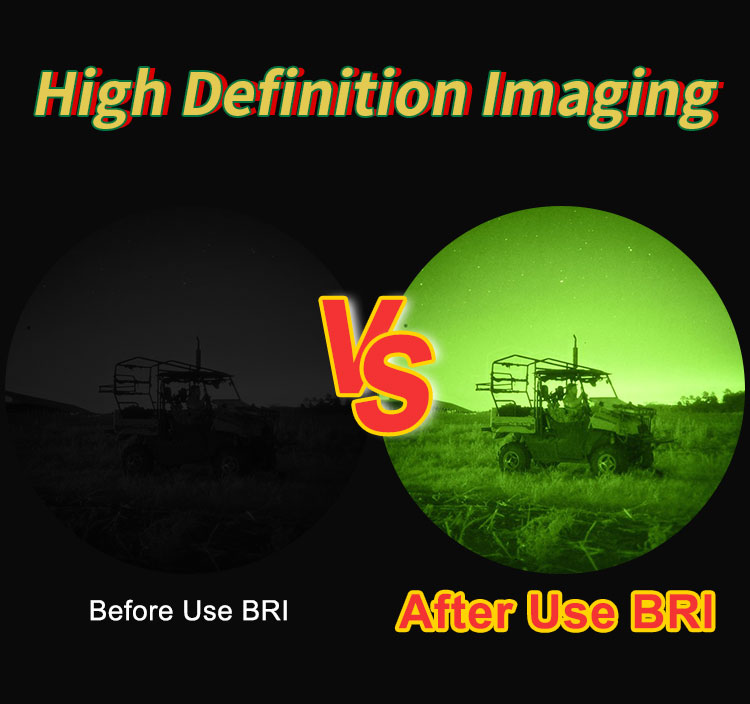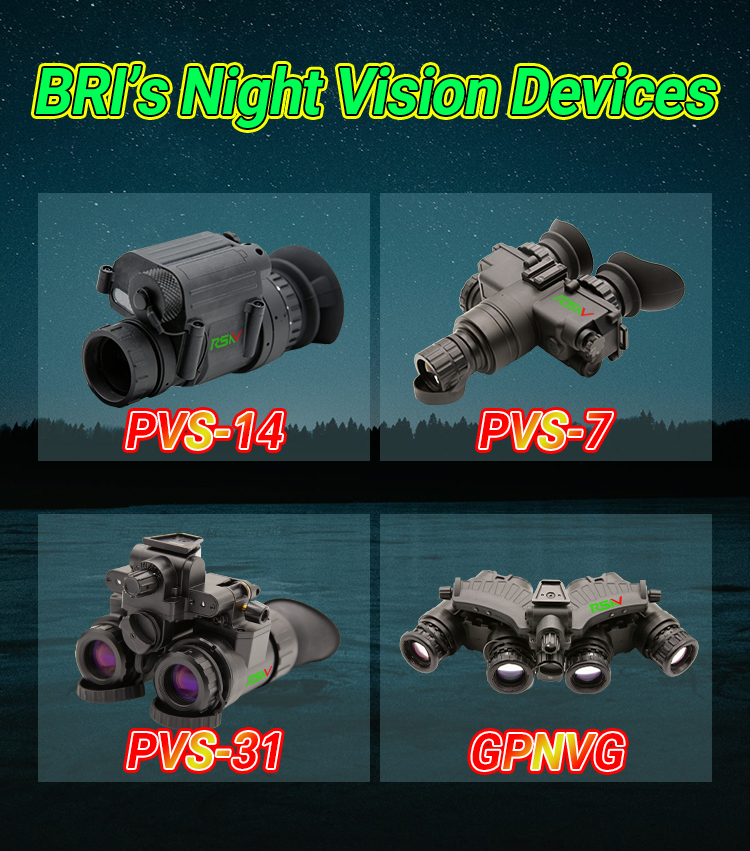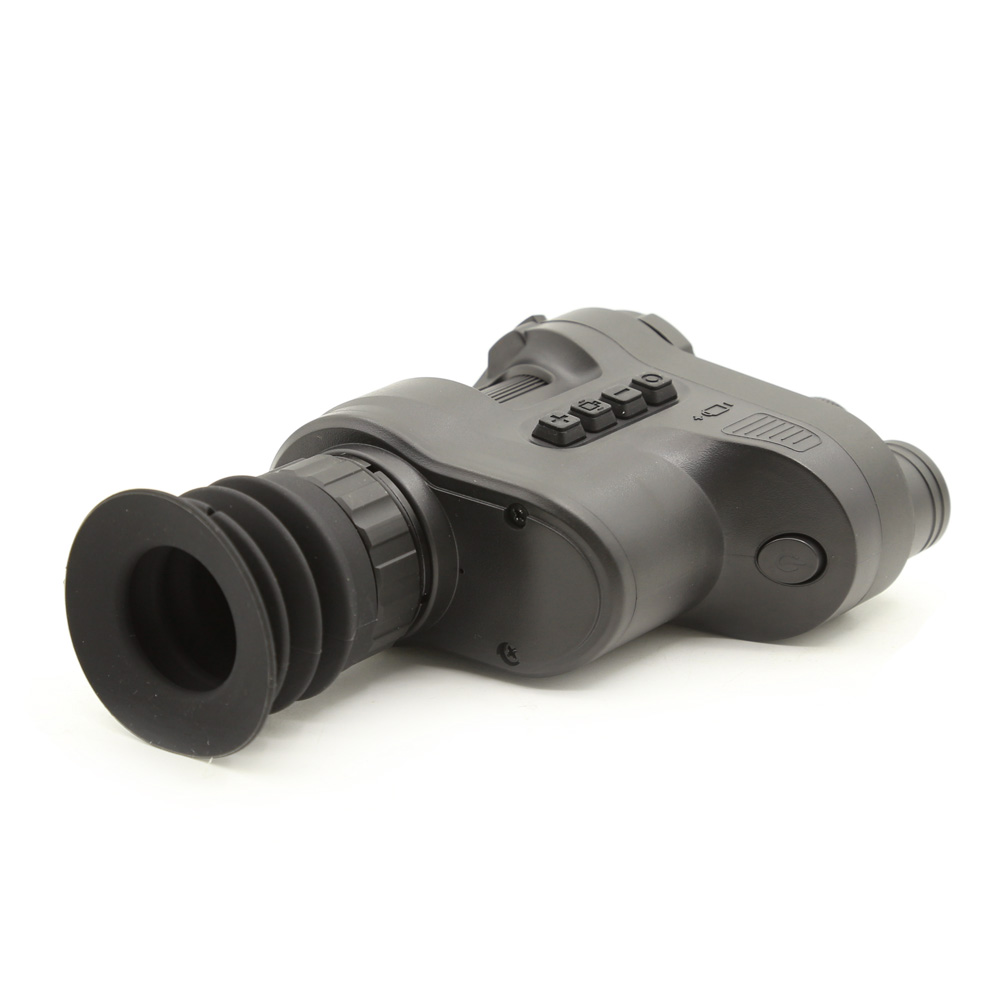Digital night vision device vs low-light night vision device: Pros and cons comparison
Sales Engineer: Grace Gao
Email: grace@bri-elec.com
WhatsApp: 0086-199 2997 5286
In the journey of exploring the mysteries of darkness, digital night vision goggles and low-light night vision goggles are like two shining stars, each emitting unique light. Today, let us deeply analyze their advantages and disadvantages and start a wonderful competition.
Let’s talk about the low-light night vision device first. It is like an elegant classical dancer. With its exquisite ability to capture and amplify weak light, it can show us a close-to-natural night picture. The advantage of low-light night vision devices is their excellent image quality. It works by amplifying the weak light in the environment, and can present clearer and natural images with relatively high color reproduction. The effect is particularly significant when there is a certain amount of moonlight or starlight, making the user seem to have a pair of keen eyes in the dark. In addition, low-light night vision devices usually have faster response times and can capture dynamic objects in real time.
However, low-light-level night vision devices also have some obvious disadvantages. They are highly dependent on light, and if the ambient light is extremely weak, their imaging effect will be greatly reduced. In addition, the structure of low-light-level night vision devices is relatively complex, resulting in a generally high price, and the subsequent maintenance and maintenance costs should not be underestimated.


Next, let's take a look at the digital night vision device, which is like a modern dancer full of innovative spirit. The digital night vision device is not strictly limited by light conditions. Even in a nearly dark environment, it can generate clear images through advanced digital technology. It has rich and diverse functions. It can not only take photos and videos, but also digitally process and store images for subsequent analysis and sharing. For those who like to record their nighttime adventures, this is undoubtedly a big advantage. In addition, its price is relatively affordable and more easily accepted by the public.
However, digital night vision devices are not perfect. Because their imaging relies on digital processing, the image quality may not be as detailed and realistic as that of low-light night vision devices, and sometimes a certain degree of noise and distortion will appear. In addition, the battery life of digital night vision devices may become a limiting factor.

In summary, digital night vision devices and low-light night vision devices have their own advantages and disadvantages. If you need to obtain high-quality, natural images in good light conditions and have sufficient budget, low-light night vision devices may be a better choice. However, if you often face complex low-light environments and have high requirements for functional diversity and cost-effectiveness, digital night vision devices can better meet your needs. In actual applications, you should decide which night vision device to choose based on the specific usage scenario and personal needs, so as to give full play to its advantages and provide strong support for your exploration and observation in the dark.
Sales Engineer: Grace Gao
Email: grace@bri-elec.com
WhatsApp: 0086-199 2997 5286

